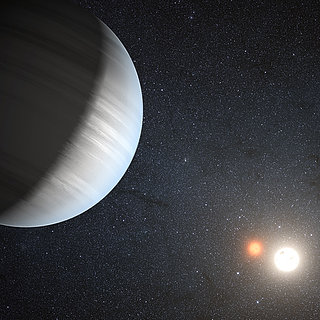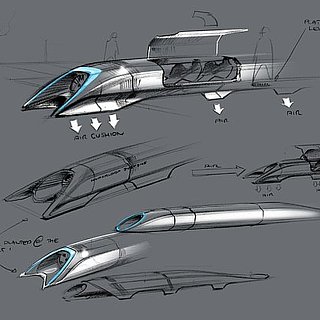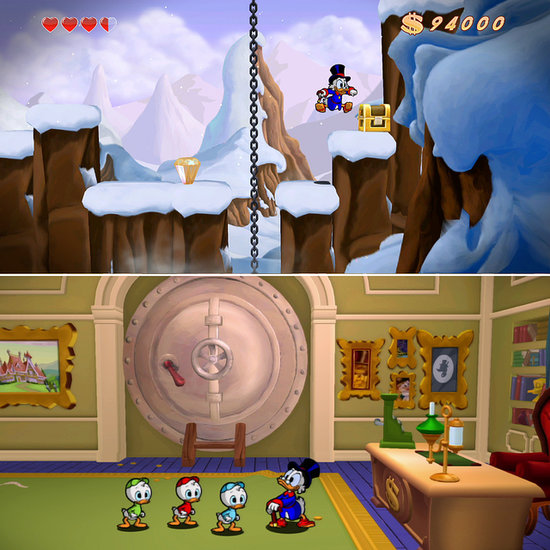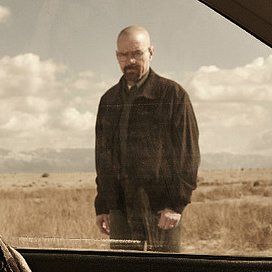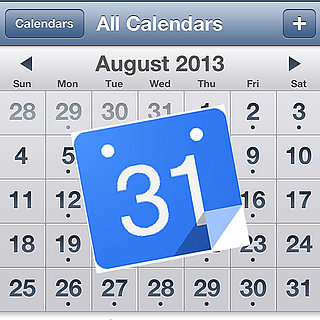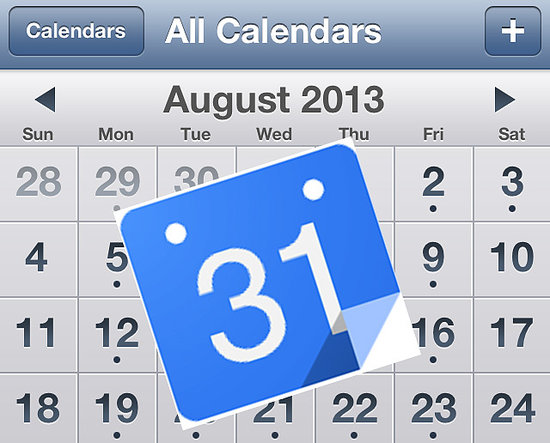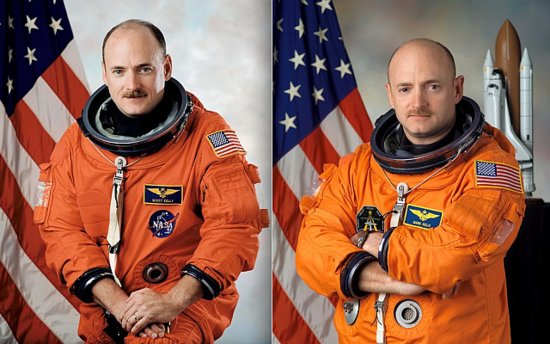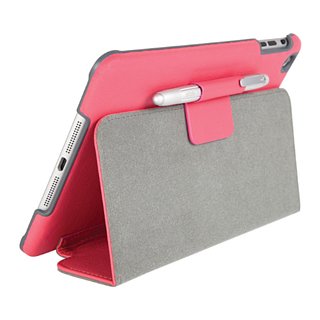Inspired by the disappointing reality of California's $68 billion high-speed rail plans, Elon Musk, founder of PayPal, SpaceX, and Tesla Motors, revealed Monday his plans for the future of intercity high-speed travel: the Hyperloop.
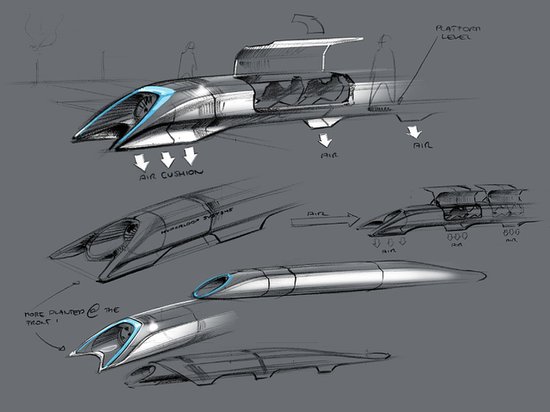
Hyperloop passengers capsule concept sketch
In a 56-page study uploaded to the Tesla Motors website, Musk details his plans for the Hyperloop: low-pressure steel tubes that transport people in pod capsules, which are supported on cushions of air that use pressurized air and aerodynamic lift. To put it in the most basic terms, Musk compares the system, in theory, to the pneumatic tubes used by banks in drive-throughs before the days of ATMs. The hypothesized Hyperloop works on very different low-friction technology, which Musk even believes could work using Tesla's state-of-the-art Model S battery pack.
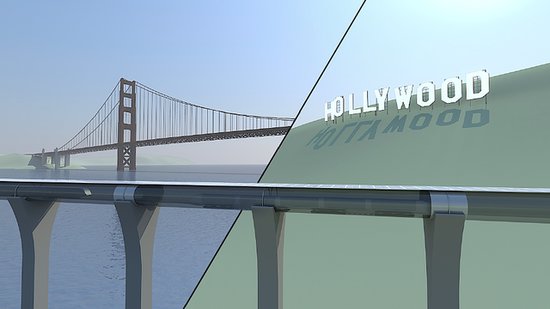
Rendering of the Hyperloop
The Hyperloop proposed this week would follow the basic path of Interstate 5 between San Francisco and LA, generally more inland. Though Musk said he wasn't available to take on this project due to the responsibilities toward SpaceX and Tesla, it appears the interest in high-speed alternative to air — at billions less than the current California-government-approved bullet train — may tempt the entrepreneur to work on a Hyperloop prototype: "I've come around on my thinking here, that maybe I should do the beginning bit," he said.
Below, we break down the SpaceX founder's plan for an efficient, convenient transportation system that can move passengers hundreds of miles in less than an hour.
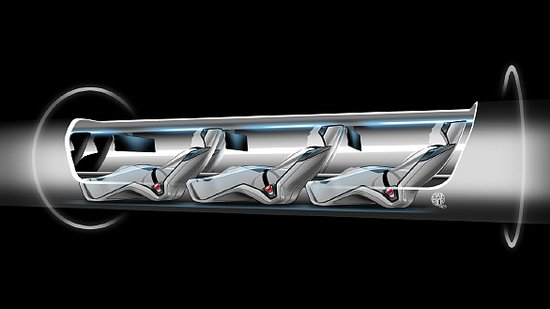
Hyperloop capsule with passengers on board
35: Number of minutes it would take Hyperloop to travel from Los Angeles to San Francisco
900: Maximum distance in miles between two cities for them to benefit from a Hyperloop system. For any greater distance, Musk says, air travel is preferable.
760: Miles per hour at which capsules travel
28: Passengers aboard each sealed capsule
840: Passengers shuttled between LA and SF per hour
2: Number of minutes it would take to wait for the next capsule at a Hyperloop station
30: Number of seconds it would take to wait to board a new capsule during peak transit hours
275,000: Cost, in dollars, for each capsule
6: Cost in billions of dollars that Musk estimates for the production of the Hyperloop. Less than what his other companies — Tesla, SpaceX, and SolarCity — have spent, combined.
20: Estimated cost in dollars of a one-way passenger ticket on the Hyperloop
23: Distance in miles between each capsule
7-10: Years it would take to make a working prototype
100: Amount of operating pressure in pascals to reduce drag and make transit equivalent to flying at 150,000 feet
1,000: The number of engineers from SpaceX and Tesla that worked on the Hyperloop concept throughout the last year. Only in the last few weeks did any of those engineers work on the project on a full-time basis.
—Additional reporting by Nicole Nguyen
